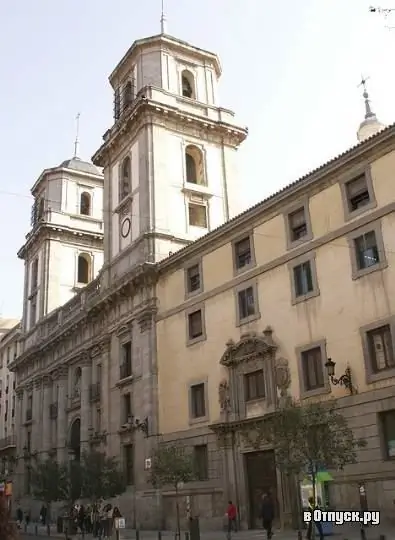
Description of the attraction
The Church of San Isidro is one of the main churches in the Spanish capital, a church with a rich and interesting history. It was built in the first half of the 17th century and is an excellent example of Baroque architecture. The author of the project was the architect Pedro Sánchez, who built a church for the Jesuit monks. The church received the name of the patron saint of Madrid, revered by all Saint Isidore the Farmer. Inside the church, the relics of this Saint are kept, transferred here in the second half of the 18th century.
At one time, the Church of St. Isidro was considered the Cathedral of Madrid, and to this day it plays one of the main roles in the religious life of the city.
In 1767, by order of King Carlos III, the Jesuit Order was expelled from Spain. At the same time, under the leadership of the architect Ventura Rodriguez, work was carried out to change the interior of the church and some elements of the facade. A new sanctuary and altar were also created according to the architect's sketches. The interior of the church amazes with the grandeur and richness of the decor. Unfortunately, during the Civil War, the interior of the church was partially destroyed. Subsequently, large-scale restoration work was carried out, but the interior of the church was not completely restored. The main façade of the church, restrained and austere, faces Via Toledo. The facade is decorated with massive Corinthian columns, balustrades, brackets. Above the main entrance, made in the form of an arch, there is a sculptural image of St. Isidro and Santa Maria de la Cabeza.






